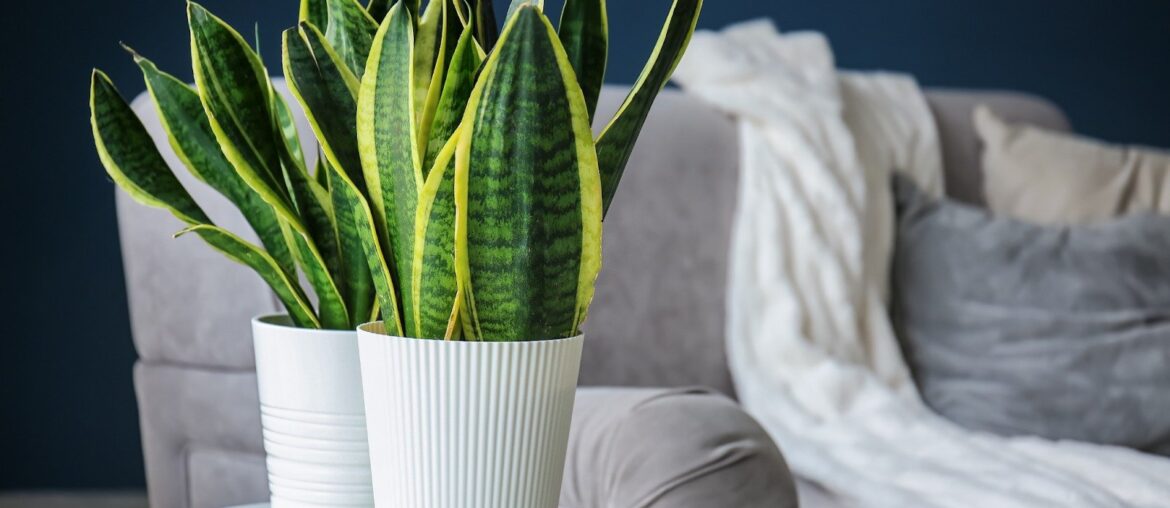Identifying eco-friendly houseplants to grow is not easy. There are various aspects and types of information that we need to consider, and this is a real challenge, especially for beginners. However, everything starts with the basics, and in this case, you need to understand the characteristics of different types of houseplants first. To make things easier, here are the 4 best eco-friendly houseplants that you should have at home and the reason why we choose them.
Succulent
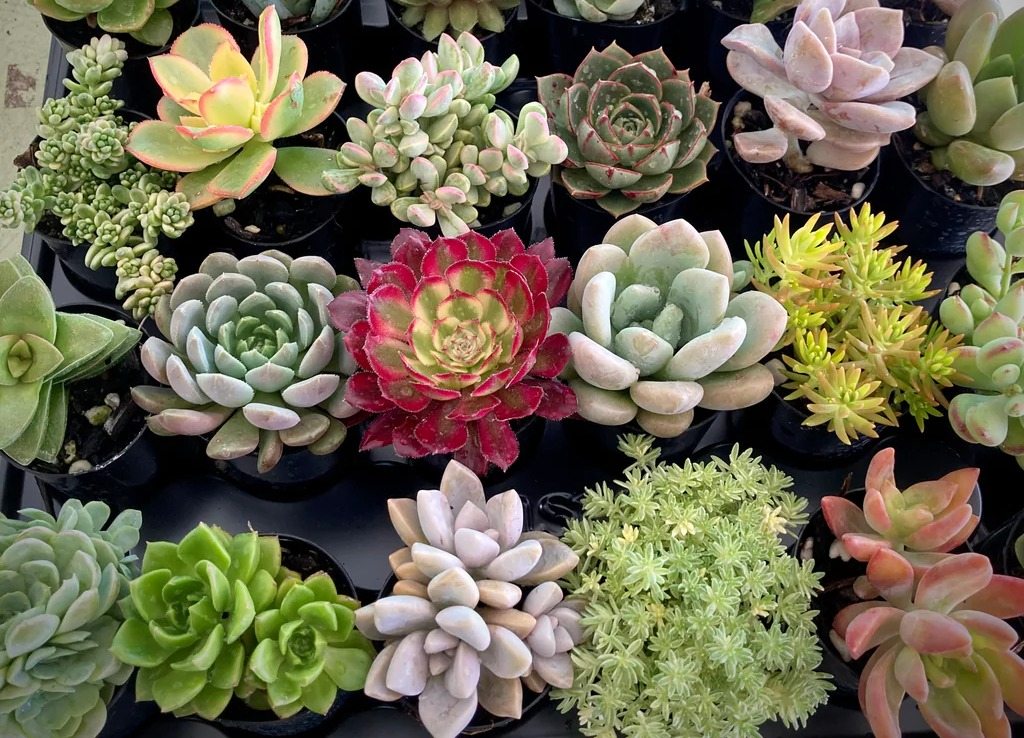
Succulents are a no-brainer when it comes to eco-friendly houseplants. High purification efficiency, easy to grow and maintain, no wonder succulents are so popular among not only beginners but also experienced growers.
Having a succulent inside the house is like owning a natural air purifier. Succulents are highly appreciated in terms of removing toxins from the air. According to research from NASA, succulents can remove up to 87% of formaldehyde, toluene, xylene, and nitrogen oxides in the air. These are all volatile organic compounds that can cause serious health problems with prolonged exposure.
Moreover, one of the characteristics that make succulents stand out from many other houseplants is their ability to add fresh oxygen to the environment. In case you didn’t know, succulents produce fresh oxygen day and night instead of releasing carbon dioxide at night. With this advantage, if succulents are not considered eco-friendly, then I don’t know which plants will be.
Dracaena Janet Craig
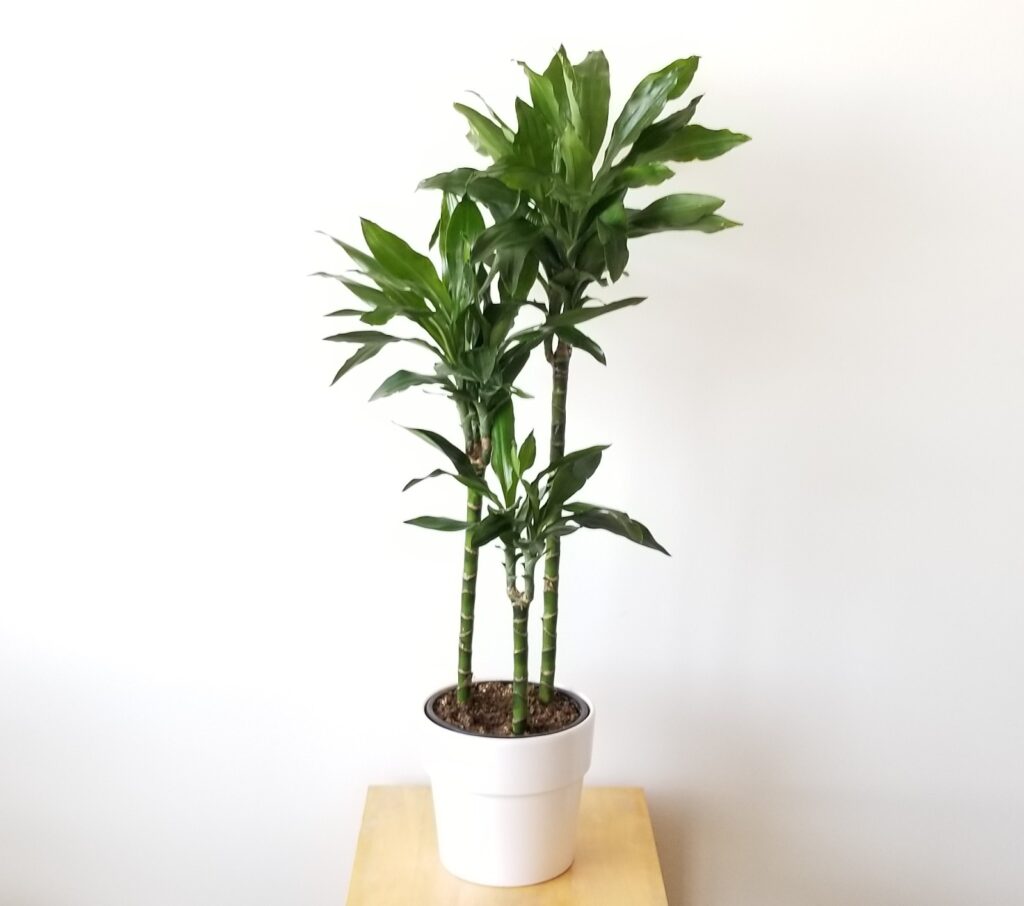
If you have read our previous article on how to know if your houseplants are eco-friendly, you must already know that it depends on 3 specific aspects: the use of peat, plant miles, and how you take care of your houseplants. With the Dracaena Janet Craig plant, at least 2 of the above aspects will be easily solved.
As the Dracaena Janet Craig plant doesn’t have any special humidity requirements, you don’t need to use peat moss or other products containing peat. The less peat you use, the better for the environment, as there will be less carbon dioxide released from peat mining.
Besides, this plant also doesn’t need too much light, heat, and water to survive, so care is also simpler. This results in more promising growth over time without having to use additional tools such as grow lights or heating lamps, significantly reducing energy use. Is this eco-friendly enough?
Snake Plant
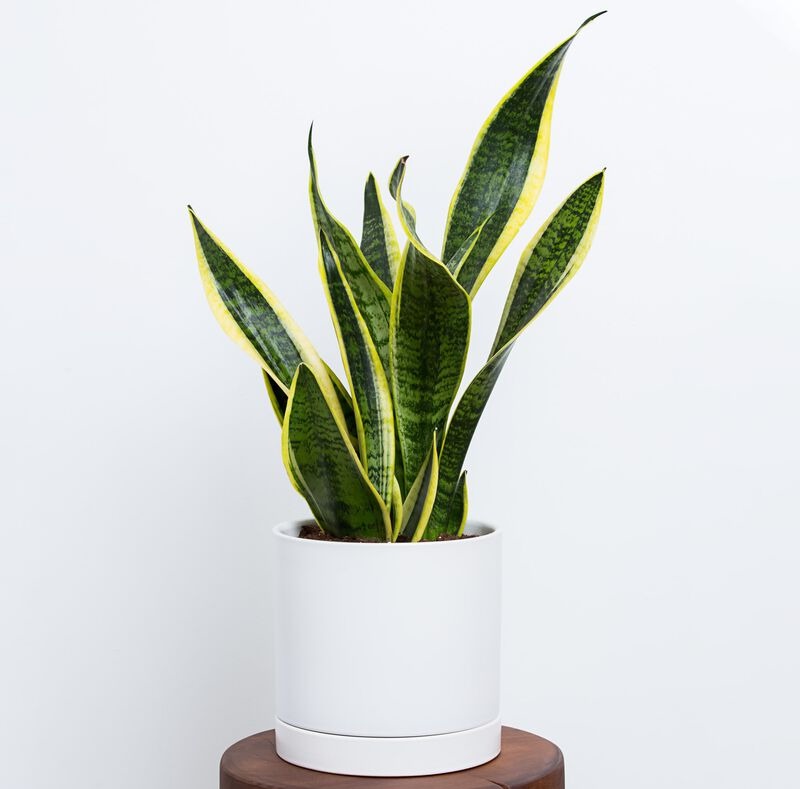
Talking about eco-friendly indoor plants, it would be a big mistake not to mention snake plants. This plant is not inferior even by a bit to any other candidates in terms of sustainability, or rather better.
Again, we must talk about this plant’s basic ability to absorb and remove toxic air pollutants such as carbon dioxide, benzene, xylene, toluene, formaldehyde, and trichloroethylene. These pollutants cause cancer, so I’m certain that you don’t want them in your body. Snake plants can protect you from them very effectively.
And you know what is really impressive? You can pretty much leave your snake plants anywhere and they will still thrive. Small amounts of light, drying out between waterings, and unstable humidity? Snake plants can grow despite it all. This, again, can minimize energy waste due to dead plants or the overuse of energy-consuming growing tools.
Golden Pothos
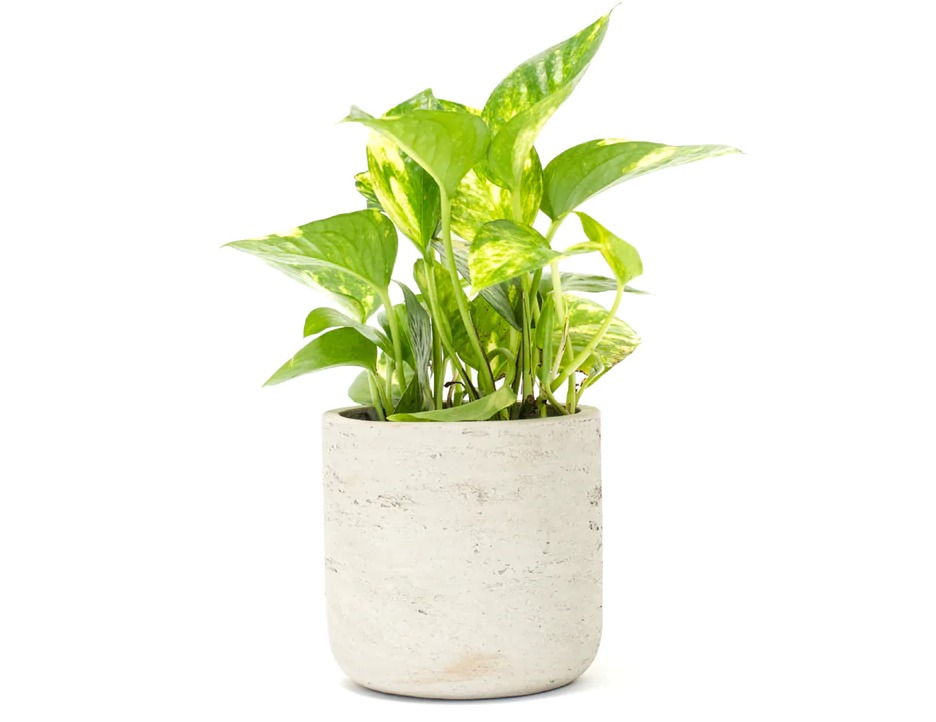
Golden pothos is the fastest growing plant on the list, so you (and Mother Nature) will very soon be able to enjoy all the benefits this plant has to offer. This plant is also considered an ideal choice for beginner gardeners because of its ease of growing and care.
Although it’s a choice for beginners, you shouldn’t underestimate the benefits of this plant. It must be mentioned that this plant is very effective in purifying carbon monoxide, benzene, and formaldehyde from the air. Not a surprise, since all the plants on the list can do the same. However, this is exactly what we need from eco-friendly, sustainable potted plants, and that’s the point.
And most importantly, you can grow golden pothos without soil. What does this mean? This means little to no use of peat moss, which can reduce peat mining from wetlands significantly. Again, minimizing carbon footprint matters.
Summing Up
If you’re growing plants with the aim of contributing to improving the environment, quantity is not the key. Sustainable planting is the way to go, and in order to do that, we should prioritize eco-friendly houseplants. Above are the 4 best indoor plants that can perfectly meet all your beauty and eco-friendly needs. Shop your favorites with Tenere and together we can contribute to reforestation around the world.

